The F-86-f Sabre in Portuguese service
THE F-86-F SABRE IN PORTUGAL
HISTORY
On August 25, 1958, the first North American F-86F Sabre of the Portuguese Air Force (FAP) landed at Air Base N° 2 (BA2), Ota. They were part of a shipment of 30 (later 50) planes that were successively received, the last ones arriving in October of that year. They were the first FAP supersonic planes, as well as the first with arrow wings.
They were destined for Squadron 50 of Air Base No. 5 (BA5), Monte Real, temporarily placed on BA2, immediately adopting the name “Falcões” and the color blue.
The “Falcões” began flying in September 1958 and on September 24, 1958, a Portuguese military aircraft crossed the sound barrier for the first time.
The United States delivered the 50th F-86F Sabre to Portugal in September 1959, all model F-86F-35 NA, which received the numbering from 5301 to 5350.
It should be noted that all these planes, however, had the wings of the F-86F-40 model (6:3” wing with slats).
The FAP F-86F Sabre were painted gray with a red Cross of Christ on a white circle, on the extra-back of the left wing, on the inside of the right wing and on both sides of the fuselage. The registration number was painted on the wings in black, alternating with the insignia. On the sides of the vertical stabilizer, the national flag, without shield, had the number plate on top, in four black figures. In the front section of the fuselage, the last three digits of the registration number were displayed, in black. The nose and vertical stabilizer were painted in the colors of the squadrons: Squadron 51 in blue and Squadron 52 in red.
OPERATIONAL LIFE
In 1961, problems began to arise in the Portuguese overseas provinces. Given the great strategic importance of Guinea and fearing that Guinea-Conakry would use its MIG-15 and MIG-17 in support of the guerrillas – which never happened – a BA5 detachment was constituted in August 1961 in BA12, Bissau , composed of eight F-86F planes, which took off from Air Base N° 6 (BA6), Montijo, on August 9, 1961. With stops in Gando (Canary Islands) and Sal Island (Cape Verde), they landed in Bissalanca on the 15th, spending 6 hours and 10 minutes of flight covering the 3,800 km of route. It was the longest trip ever made by the Portuguese F-86 Sabre.
Meanwhile, NATO and the United States raised problems with the use of aircraft in Africa, demanding their return to BA5, with the argument that they could not be diverted from their integration into the NATO Forces. Thus, BA5's deployment in Guinea ended in 1963. The planes were transported to Portugal by sea.
Between 1958 and 1960, 15 F-86Fs were received from the Norwegian Air Force, probably via the United States, to compensate for the wear and tear and losses suffered by the initial aircraft, having received the FAP numbering from 5351 to 5365. As previously, they were of the F-86F-35 NA model, with the exception of the 5364 and 5365, which were F-86F-30 NA.
At this time, some Canadair CL-13B Saber Mk6 aircraft (a Canadian version of the American F-86 Sabre) were delivered to the FAP coming from the German Air Force. As they were equipped with engines that had great differences in relation to those existing in Portugal, they were never assembled. Nevertheless, they helped the to recover of some F-86Fs, providing compatible parts and equipment.
CAREER END
On April 25, 1974, only about 25 F-86Fs survived. The restructuring carried out at FAP then extinguished the 501 Operational Group and its respective squadrons, while the 51 Operational Group was formed with the 201 Squadron, “Falcões”, where the F-86F Sabre were placed, and the 103 Squadron, with the Lockheed T-33 T-Bird, “Caracois”.
Between June 1, 1960 and January 13, 1977, there were 15 accidents with F-86Fs (2 accidents in Guinea and the rest in Portugal), where the same number of planes were lost, resulting in the death of 5 pilots.
The FAP, by keeping the F-86F in service until 31 July 1980, became, within NATO, its last user.
The Air Museum received seven North American F-86F Sabre. On the BA5 is aircraft number 5320 in static display and 5301 on a pedestal.
THE KIT
For this build I choose the Hasegawa F-86F-40 in 1:48 scale and an Eduard cockpit detail set for the F-86f-30/35. The reason was that the Portuguese Sabres were model 35 with model 40 wings (6:3). Being the differences exactly the wing, it paid off to have the correct exterior and just have to retrofit the cockpit.
Building was quite straightforward, with some scratch on the area behind the seat, some adjustments on the external tanks according to the Portuguese ones, riveting and so on.
The cockpit needed some work to install the Eduard photo-etched and end up with a model 35 one. In the end I was quite pleased.
The kit has some detail in some areas and a little short in others, as well as some bad fit here and there. Some research proved valuable to replicate panel lines and rivets.
For painting I went with Hataka colors as they were the only brand that had the right colors (gray FS 16473 and blue FS 15102) available.
Decals are a mixed between some locally and home printed.
The weathering was achieved using some panel wash and Tamiya X-19 smoke.
As usual, I used Mr-Hobby clears.
Hope you like,
M
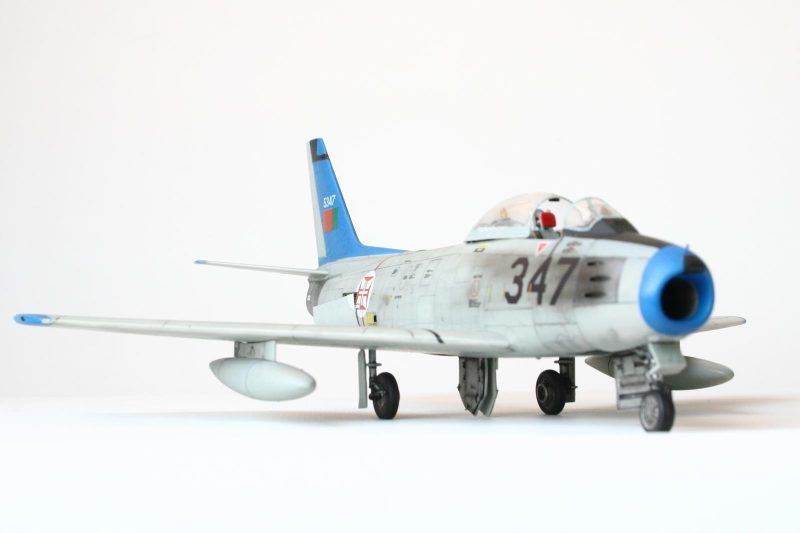
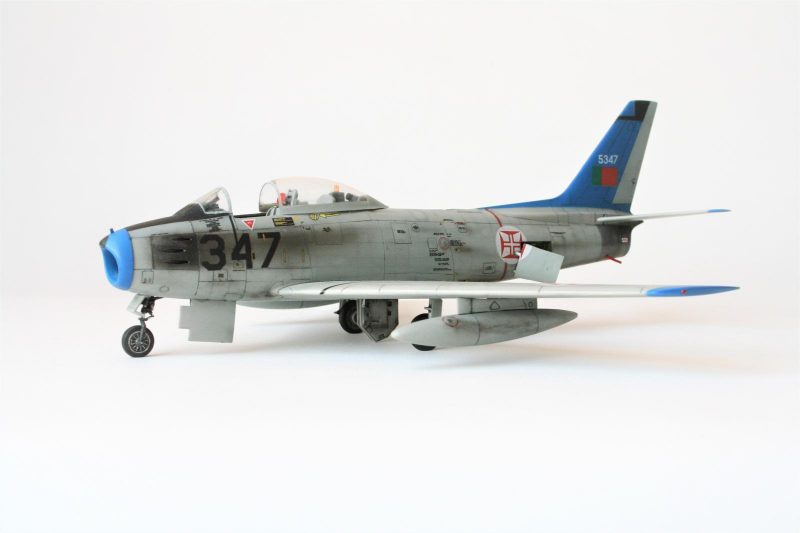
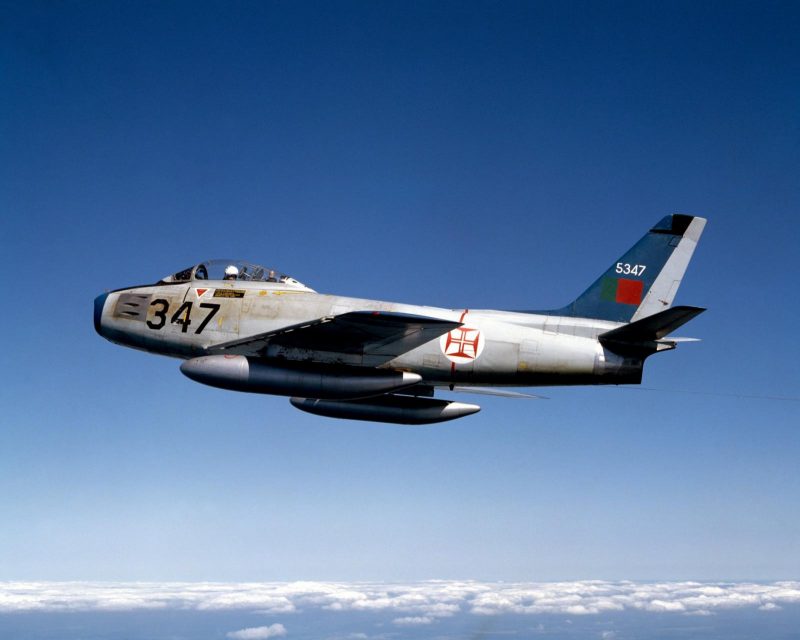
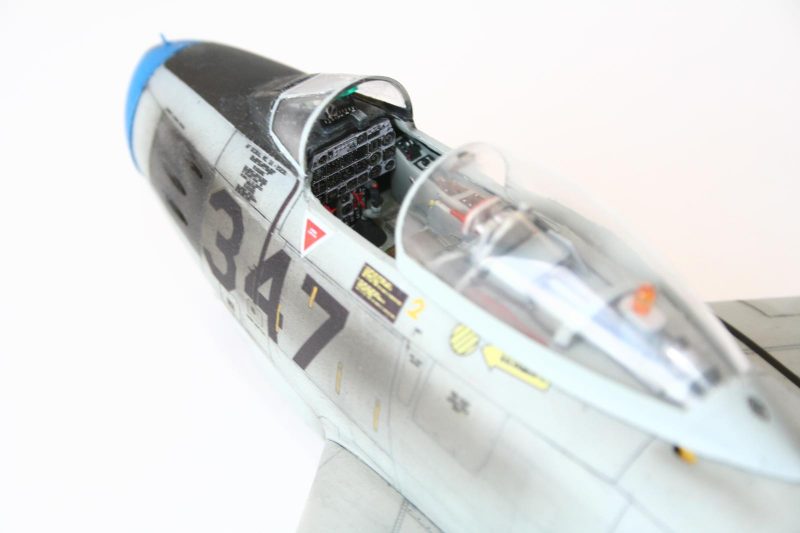
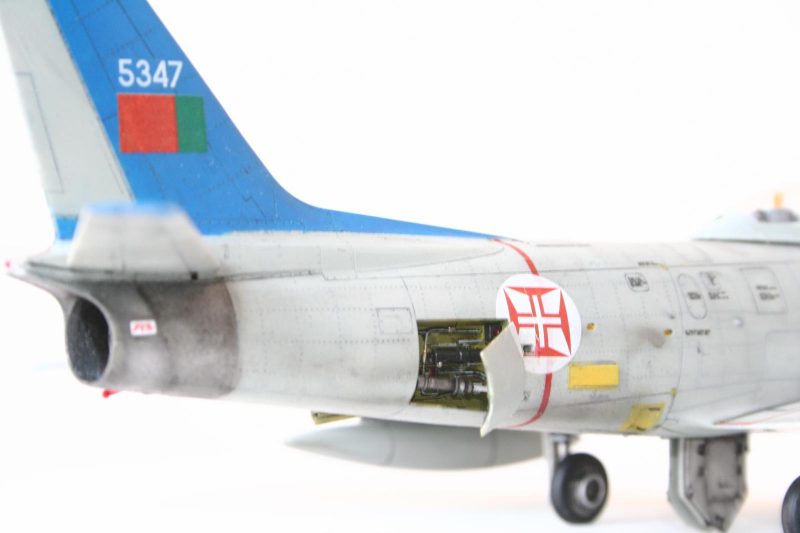
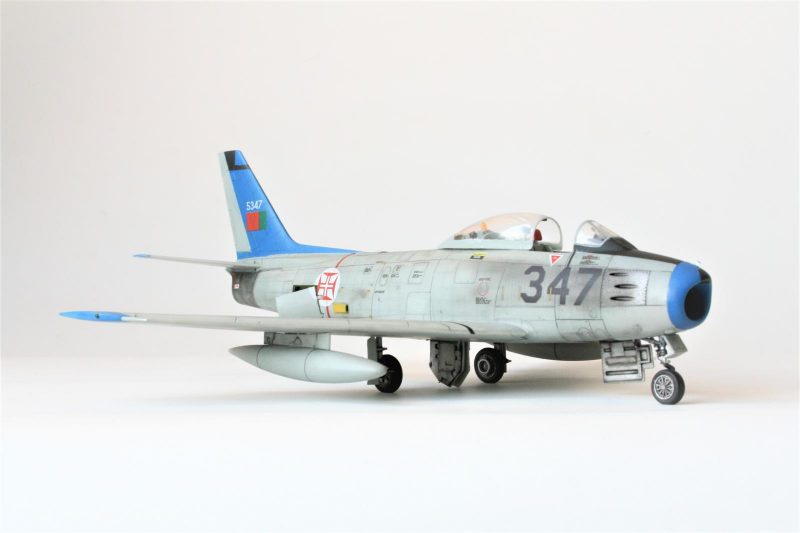
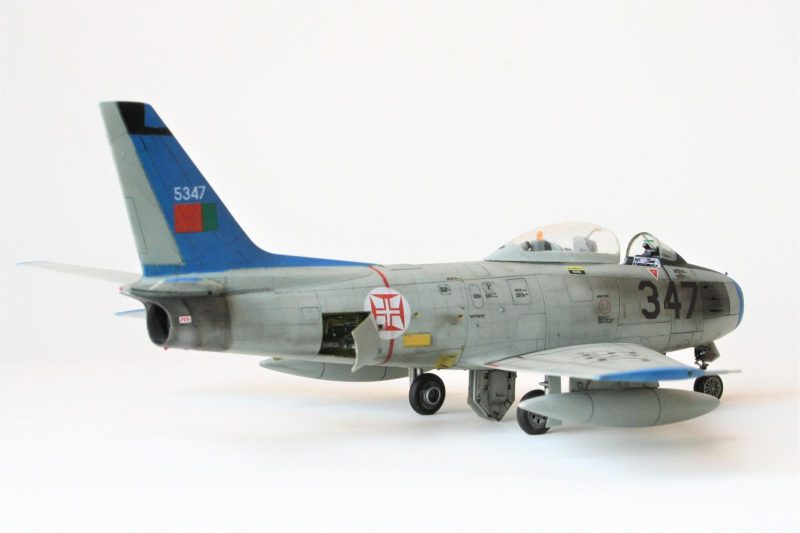
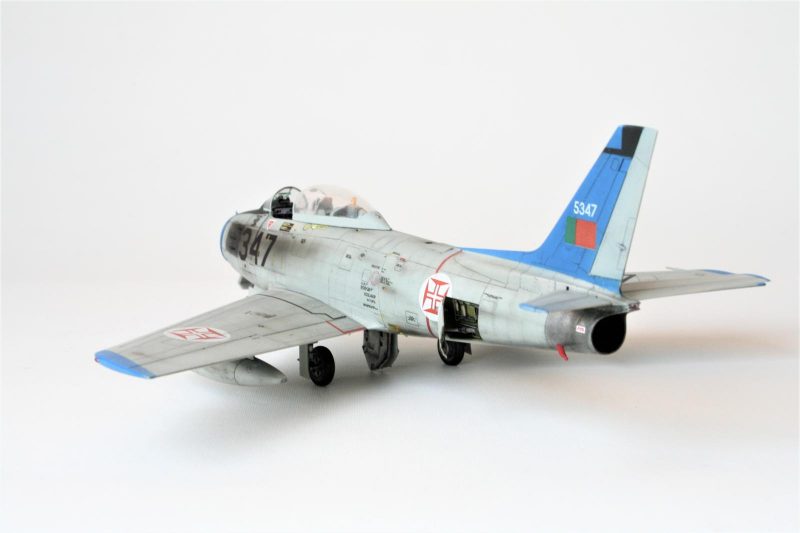
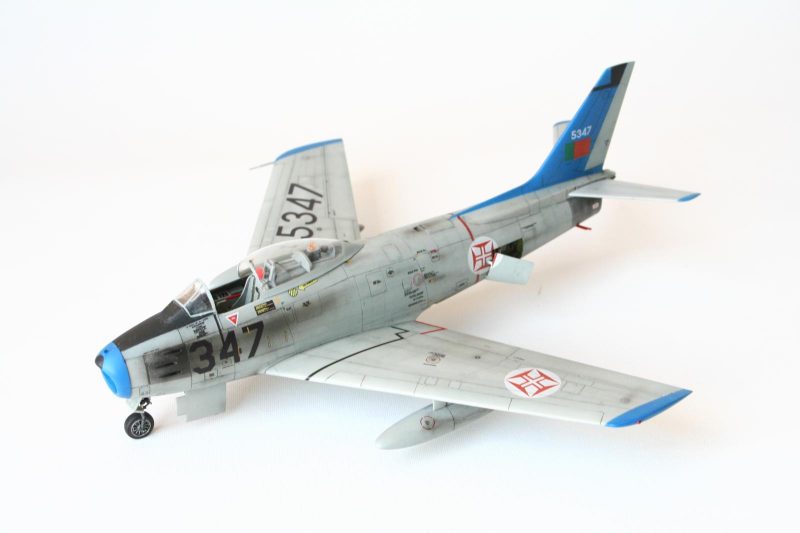
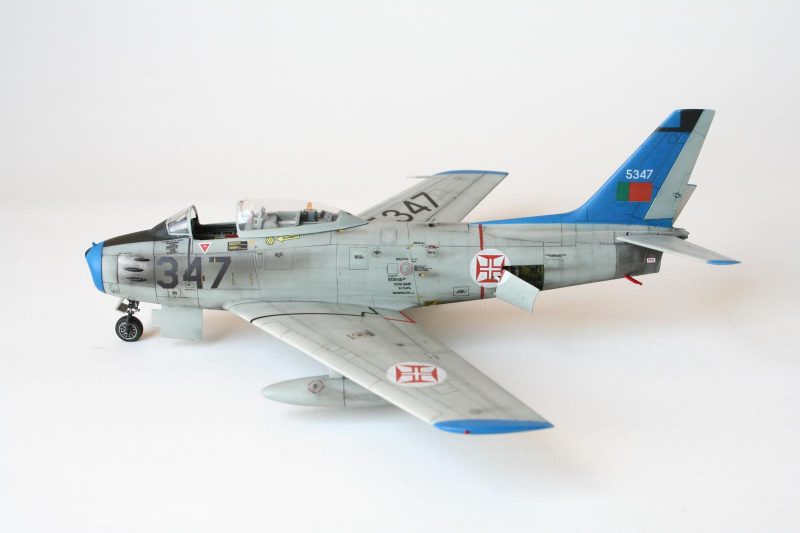
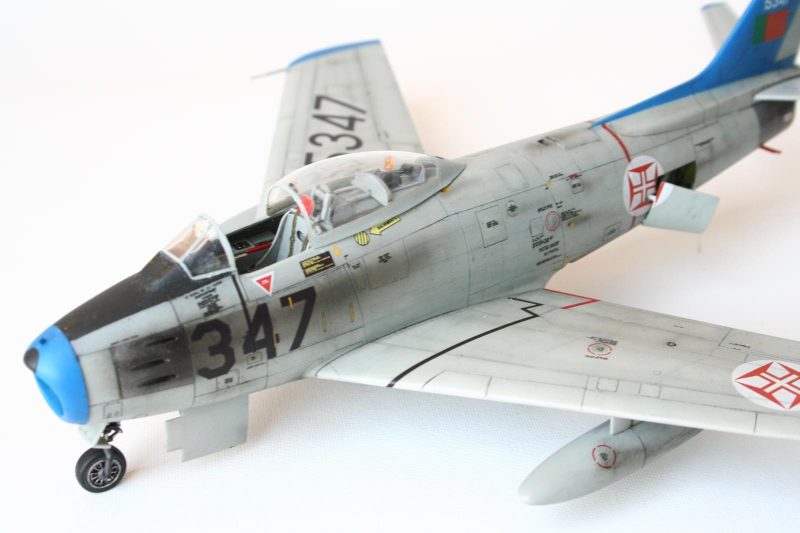
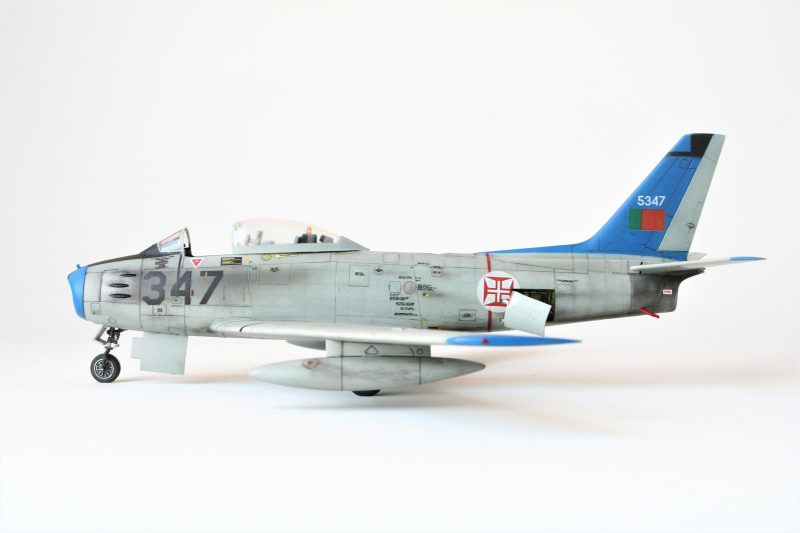
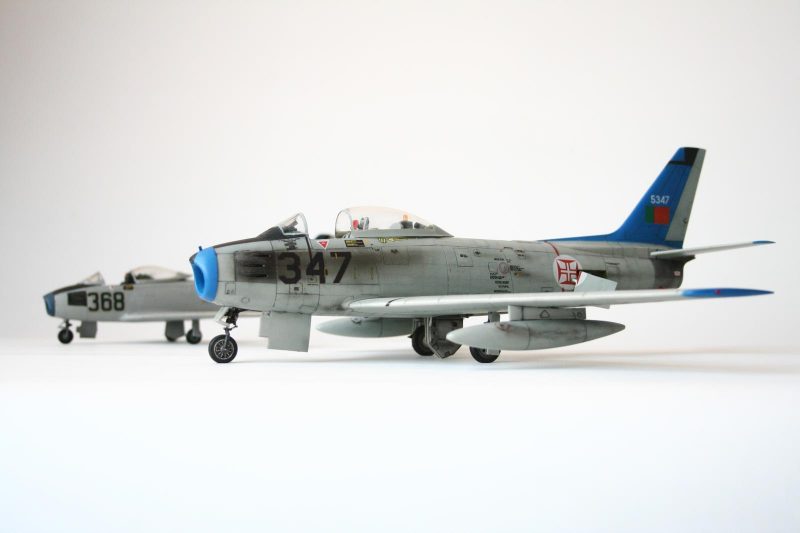
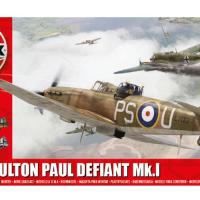
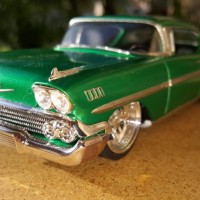

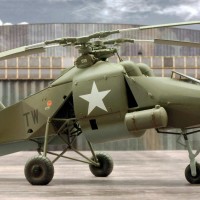
Love the scheme and finish. Very nicely done.
Thank you! ?
I have to agree the F-86 looks good in blue and gray. The model could be shown in a hard copy magazine with sharp photos. The article is informative and interesting with the photo of the real aircraft in flight.
Two thumbs up Manuel.
Thank you!
Yes, the photos could be better... I'll have some sharp ones.
Many thanks
M
@magrus, I enjoyed your article and especially your very attractive Sabre! Well done indeed! 🙂
Thank you @garybrantley ! much appreciated
Nice work! A great looking color scheme.
Thanks Rob!
Amazing build in a beautiful scheme Manuel.
Portugese aircraft are not so often seen so it makes it even more special.
Very nice pictures as well.
thanks @johnb! I've published some other Portuguese aircrafts in the past. Take a look if you like
All the best, my friend!
Excellent build, my friend Manuel!
Love the weathering.
Great article, too, thanks for all this very interesting info!
Hi @fiveten !
Thank you for your kind words. I'm glad you liked.
All the best,
M
Nice work on a Sabre with a little-known operational history. Your usual excellent work is well in evidence.
@tcinla Thank you Sir!
Kind words indeed, much appreciated, thank you!
Parabéns Manuel, mais uma jóia da coroa este modelo. Confesso que sabia muito pouco do uso do F-86 nas nossas cores, e até no geral. Então nenhum dos modelos vindos do Canadá voaram com a Cruz de Cristo? Parece que a Airfix vai ter esse kit no mercado em breve.
Abraço
Thanks Pedro @holzhamer , you are always very kind!
I find the Sabre one of the most handsome aircraft in our history and I sure missed it in my collection. As you might saw in the last picture, I had built one in 1:72 more than 30 years ago. Now it was the time.
Yes, we never flew the Canadian Sabres. They were too different (engine wise) so maintenance would be expensive in parts and knowledge. Options...
But they were canibalized, for sure.
All the best my friend,
M
Very beautiful rendition of a famous bird with rare colors. Bravo!
Thank you @Stelaire!
Yes, this color scheme was unique, I think, and beautiful 🙂
thks!
Well done Manuel! It’s nice to see a Sabre in a different scheme.
Thanks @j-healy!
She's a real beauty. I thought I was done building Sabres, but this scheme is so cool I may have to add another one!
Hi Greg @gkittinger!
Yes, and you have some more to choose from besides this one: the same blue over bare metal or red instead of the blue, also over bare metal. All of them real winners 😉
Go ahead my friend
Very well done Manuel - the weathering is excellent.
thank you @anthonyricco!
Lovely looking Sabre, that colour scheme really suits it. Great write-up as well. Definitely liked.
Thank you @chinesegeorge!
Much appreciated 🙂
well done!
Thank you Sir!
Like!
Thank you, Sir!